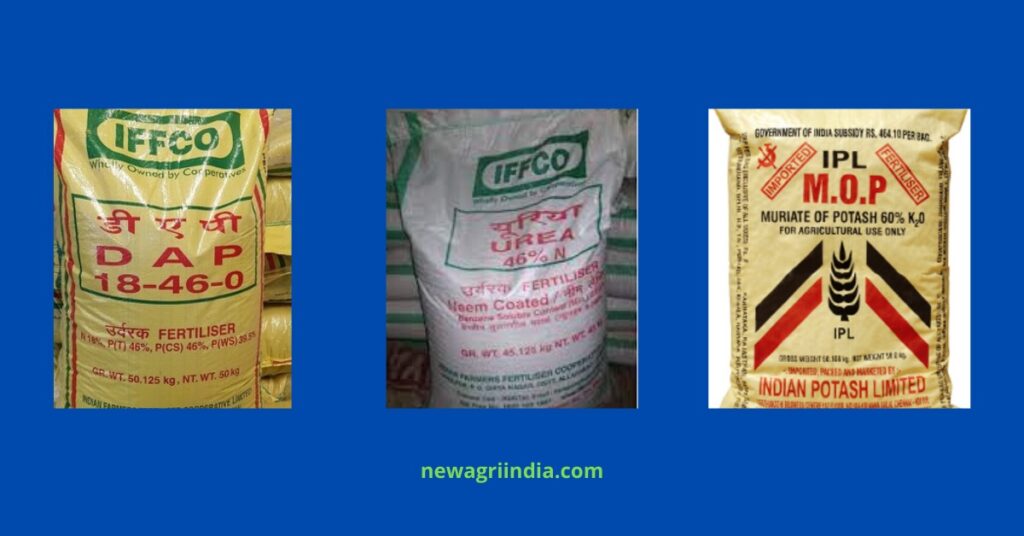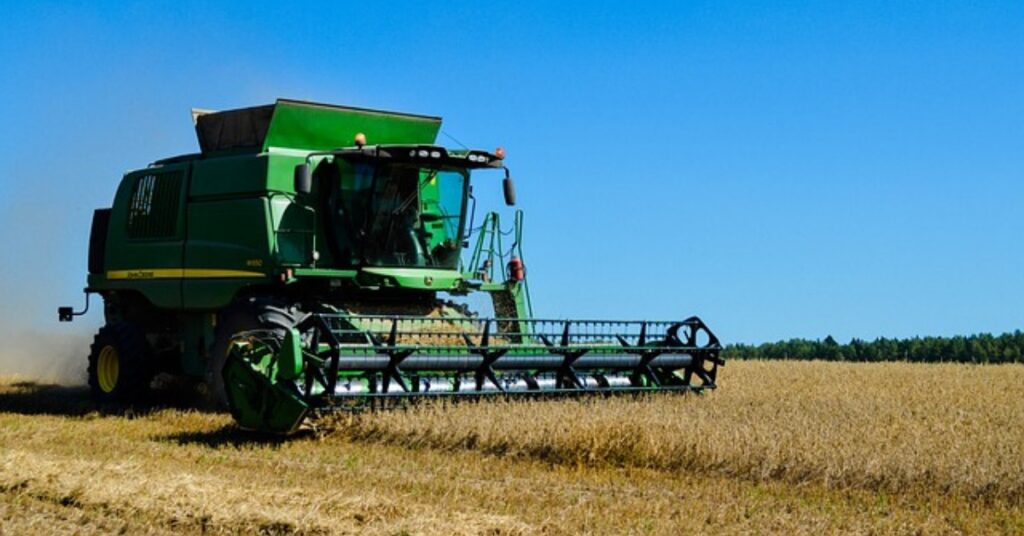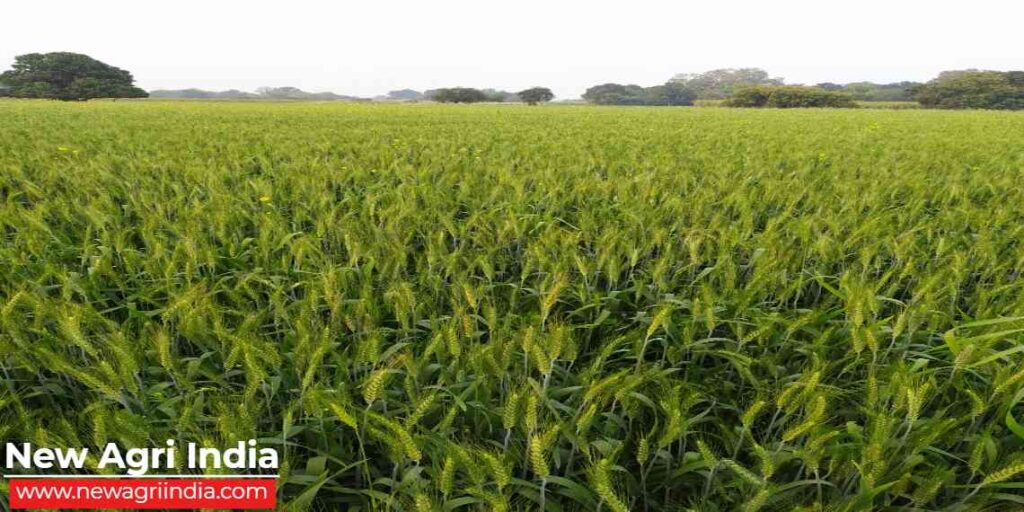Wheat cultivation: an overview
Wheat cultivation is being practiced in the world since very ancient times. Therefore, it is not possible to say with certainty which country is the place of origin of wheat. Scientists have different opinions about the origin of wheat. Wheat was undoubtedly the main diet of ancient civilizations of countries like Egypt, Greece and Rome.
The grains of Indian wheat species (T. compactum and T. sphaerococcum) have been obtained from the excavation of Mohenjo-daro. They have been estimated to be 300 years old BC. The place between the Himalayan Mountains of India and the Hindu-Kush Mountains is considered to be the birth place of Indian wheat.
Pisia wheat (Triticum aestivum) is believed to have originated in the 4th century BC. The area from Central Asia to South Eastern Europe, which includes Syria, Palestine, Afghanistan, India and China, is believed to be the origin place of wheat. According to de Candolle (1884), the valley of the Tigris Euphrates (Dajla Pharat ki Ghati) is the origin of wheat.
Botanical classification of wheat
Botanical Name- Triticum aestivum L. or Triticum. vulgare L.
Family – Gramineae
Genus – Triticum
Species – There are 3 species of wheat cultivated in India which are as follows-
- Triticum aestivum
- Triticum durum
- Triticum dicoccum
In India, under the above species, 87%, 12% and 1% of the area are cultivated respectively.
Importance and use of wheat
Wheat is a very important crop among the world’s cereal crops. The contribution of wheat in the world’s gross food production is 34%.
Wheat is mainly used for making bread (Roti) in India. Due to high gluten content in wheat flour, the flour is used to prepare bread, biscuits etc. Wheat is also used to make semolina or rava, maida and bran (for cattle) and fine wine.
Due to the large number of animals in our country India, straw is used to feed the animals. Whereas in developed countries like America, England, after cutting the wheat ear from the crop, the remaining vegetative part is used to give biomass to the land.
Climate for wheat cultivation
Wheat is mainly a crop of temperate climate. Most of the wheat producing regions of the world are found in temperate climates from 33-60⁰ North to 25-40⁰ South. Wheat is also cultivated at 15⁰ in the southern regions of India.
Humidity with high temperature has a very harmful effect on the crop because at this stage the crop is attacked by diseases and pests.
Rainfall for wheat cultivation
Wheat is cultivated in areas with annual rainfall of 25 cm to 150 cm. Areas with annual rainfall of 60 cm to 90 cm are suitable for wheat cultivation. Out of this, 10 to 15 cm of rainfall should be received during the wheat season i.e. between sowing and harvesting.
However, with proper irrigation system, wheat can be cultivated successfully even in places with less than 60 cm of annual rainfall.
Temperature and Humidity for wheat cultivation
Wheat is a cool season crop, it requires different temperatures at different stages. The following temperature is generally required for the seed germination.
- Minimum- 3.5-5.5⁰ C
- Optimum- 20-22⁰ C
- Maximum – 35⁰ C
The optimum temperature for the ripening of the crop is 25 °C.
Moderate (50-60%) humidity is required for plant growth in wheat crop, but low humidity and warm weather are necessary during the ripening of the crop.
Suitable Soil for wheat cultivation
Loamy land is best for wheat cultivation. Wheat is also cultivated in clay and sandy lands. Wheat can be successfully cultivated on all those lands whose pH value is between 5.5 to 7.5.
Land Preparation for wheat crop
The amount of various agricultural activities to prepare the field for sowing wheat crop mainly depends on the type of land, crop rotation and available facilities. Deep tillage and more friable soil is required for sowing of wheat.
The various activities performed at the time of field preparation have the following objectives:
- To make the land more friable so that germination can take place well and the seeds can be sown at the same depth and at the same spacing.
- Weeds can be completely destroyed from the soil.
- The heavy manures and green manures used in the field can be mixed well in the soil.
Seed and seed rate for wheat cultivation
Seed should always be sown certified and of such species which is suitable for the conditions of the area to be sown. The germination percentage of the seed should be tested before sowing. If the seed is not treated, the seed can be treated with Carbendazim.
The amount of seed per unit area depends on the method of sowing, the species of wheat, the time of sowing and the amount of moisture available in the soil at the time of sowing. The seed rates in different methods of sowing wheat in different parts of India under normal condition are as follows:
- For normal sowing – 100kg seeds/ha.
- For late sowing – 125 kg seed/ha.
- For dibbling method – 20-30 kg seeds/ha.
Spacing for wheat crop
Under normal circumstances, row spacing is 20 cm. In early sowing, rows should be kept 23 cm apart and in late sowing the rows should be kept 18 cm apart.
Time of sowing for wheat crop
1st fortnight of November is the best time for wheat sowing.
Depth of sowing for wheat crop
The coleoptile of dwarf varieties of wheat is on average 5 cm long, so the depth of sowing should not be more than 5 cm otherwise the shoots do not come out. An average 4-5 cm depth is ideal for wheat sowing.
Sowing methods of wheat crop
Wheat is sown in different parts of the country by different methods depending on the conditions there. The method of sowing wheat is mainly selected on the basis of soil moisture content, available labour facilities and type of cultivation.
Different methods of sowing wheat are as follows
1. Behind the plough method- There are two types of this method-
- Kera method- In this method seeds are dropped by the hand in the furrows made by plough.
- Pora method- In this method seeds are dropped in furrow by funnel or Nai attached to the plough.
2. Drilling- Now-a-days this is the most common and the best method of sowing.
3. Broadcasting method- This method requires more seed than another sowing method. In this method of sowing the amount of moisture must be enough in the field.
4. Dibbling- Sowing with dibbler, required less seeds than another methods of sowing.
5. FIRB method- This new method of sowing is furrow irrigated raised bed system.
Manure and Fertilizers for wheat cultivation
The amount of manure depends on the varieties of wheat, irrigation facility, method of sowing, type of manure and type of land etc. In general the amount of manure can be given as follows-

| Nitrogen (N) | 120 Kg/ha. |
| Phosphorus (P) | 60 Kg/ha. |
| Potash (K) | 40 Kg/ha. |
Complete amount of heavy organic fertilizers should be used one and a half month before sowing of crop, oil cakes should be used 1 week before sowing and fertilizers should be used at the time of sowing.
Half quantity of nitrogen and full quantity of phosphorus and potash should be given at the time of sowing and remaining half quantity of nitrogen should be given by Top dressing at the time of first irrigation of crop.
Nowadays, with the prevalence of “hybrid species” of different crops, the symptoms of micronutrient deficiency can be seen in the fields. If a mixture of good quality micronutrients is used in the wheat crop, then good yield can be obtained.
Application of Phosphatic and potassic fertilizers is more beneficial at the time of sowing the crop by “Placement method”. At the time of sowing, Fertilizers should be placed 3-5 cm below and 3-5 cm in the side of the seed.
If possible, the quantity of manures and fertilizers should always be given after getting the soil tested.
Irrigation for wheat cultivation
Irrigation is of special importance for the dwarf varieties of wheat. It is necessary to irrigate the crops at certain critical stages of the cropping period. These critical stages of irrigation are as follows:
- 1st Irrigation- (Crown Root Initiation) – It is the most Important and critical stage of irrigation. In this stage we irrigate the crop 20-25 days after sowing.
- 2nd Irrigation- (Tillering stage) – In this stage, we irrigate the crop 40-45 days after sowing.
- 3rd Irrigation – (Late jointing stage)- In this stage, we irrigate the crop 60-65 days after sowing.
- 4th irrigation – (Flowering stage) – In this stage, we irrigate the crop 80-85 days after sowing.
- 5th irrigation – (Milking stage) – In this stage we irrigate the crop 100-105 days after sowing.
- 6th irrigation – (Dough stage) – In this stage, we irrigate the crop 115-120 days after sowing.
- If water is available to provide only one irrigation then it should be applied at Crown root initiation stage.
- If water is available to provide only two irrigations then it should be applied at Crown root initiation stage and at flowering stage.
- If water is available to provide only three irrigations then it should be applied at Crown root initiation stage, late jointing stage and at flowering stage.
- If water is available to provide four irrigations then it should be applied at Crown root initiation stage, late jointing stage, flowering stage and at dough stage.
On an average 5 cm of water is applied in one irrigation. Thus, about 20-25 hectare cm of water is required for one cropping period of dwarf varieties of wheat.
Weed control in wheat crop
Following types of weeds grow in the wheat crop-
Monocot weeds (Narrow leafed)- Phalaris minor (also known as Genhu ka mama), and wild oat (Avena fatua) is the main broad-leafed weed of wheat crop.
Control- To control of phalaris minor and wild oats, spray 1 kg of Isoproturon (75% wp) or 30 g of Sulfosulfuron or 4-5 g of Metasulfuron in 700-800 liters of water per hectare.
These chemicals show more effect when there is more moisture in the field. Therefore, the most suitable stage of spraying is after the first irrigation when the field becomes walkable. If it rains at the time of irrigation and there is sufficient moisture, then spraying can be done without irrigation.
Dicot weeds (Broad-leafed weeds)- Chenopodium album, Anagallis arvensis, Melilotus spp. etc are the main broad-leafed weeds of wheat crop.
Control – To control these types of weeds, spray appropriate amount of 2-4,D per hectare in 600-800 liters of water.
To control broadleaf and narrow leaf weeds spraying of chemicals is more effective 30-35 days after sowing.
Read this also
Note: Any recommendations regarding the use of chemicals are for informational purposes only. Before using any type of chemical for weed, disease and pest control, consult the nearest agriculture shop or a local agricultural consultant.
harvesting and threshing
Generally, the leaves and ears dry up when the crop is ripe, so the crop should be harvested.

If there is a means of measuring moisture, then the crop should be harvested when there is 20-30% moisture in the grains. Early sown species are ripe after 140-150 days after sowing and late sown species 120-125 days after sowing.
Yield of wheat crop
Dwarf varieties of wheat yield 45-55 quintals of grains and 70-80 quintals of straw per hectare.
How helpful was this post for you, you can tell me in the comment box and you can also give us your advice, your comment and advice is very important for us.
Thank you!
